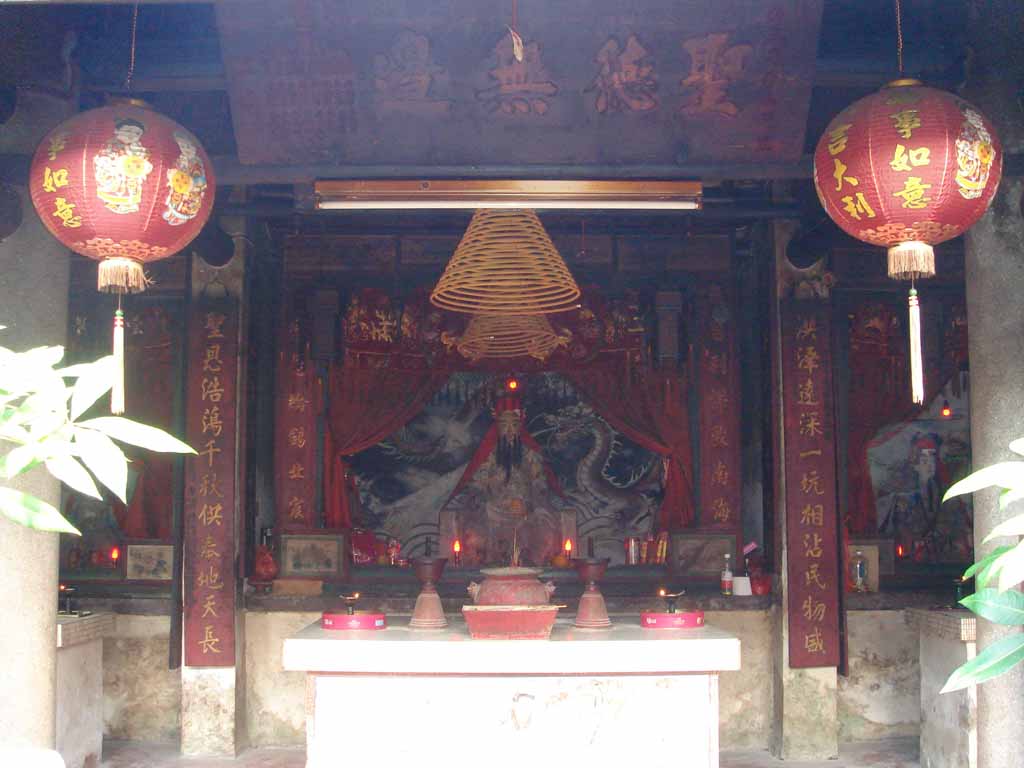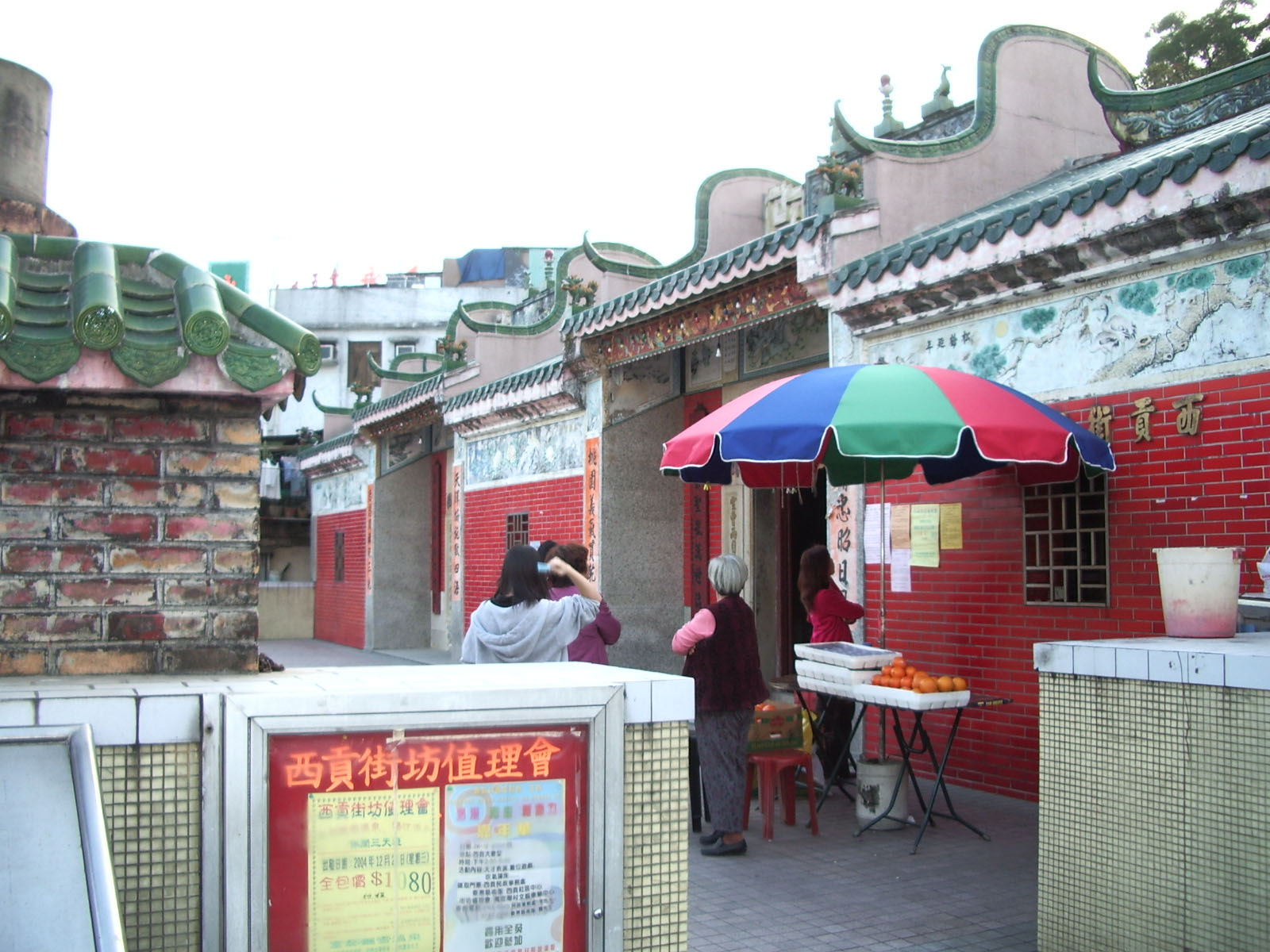|
Che Kung
Che Kung () (02 January, 1235-30 December, 1330), also known as Che Da Yuan Shuai (), was originally a military commander of Southern Song Dynasty (1127–1279), who, according to lore, had supreme power to suppress rebellion and was renowned for his loyalty to the Emperor.Brief Information on Proposed Grade II Items. pp656-657 He was also famous for his power to suppress plagues and his skill in medicine.Brief Information on Proposed Grade I Items. pp67-68 He is believed by some worshipers to have been involve ... [...More Info...] [...Related Items...] OR: [Wikipedia] [Google] [Baidu] |
Chegong
Che Kung () (02 January, 1235-30 December, 1330), also known as Che Da Yuan Shuai (), was originally a military commander of Southern Song Dynasty (1127–1279), who, according to lore, had supreme power to suppress rebellion and was renowned for his loyalty to the Emperor.Brief Information on Proposed Grade II Items. pp656-657 He was also famous for his power to suppress plagues and his skill in medicine.Brief Information on Proposed Grade I Items. pp67-68 He is believed by some worshipers to have been involve ... [...More Info...] [...Related Items...] OR: [Wikipedia] [Google] [Baidu] |
Che Kung Miu
Che Kung Miu (), also called Che Kung Temple, are temples dedicated to Che Kung, who was a general during the Southern Song dynasty (1127–1279) in imperial China. He is believed by some worshipers to have been involved in the attempt to keep the Song state alive by bringing Prince Ping and his brother to the South. There are two temples dedicated to Che Kung in Hong Kong: one in Sha Tin and one in Ho Chung.Antiquities and Monuments Offices – Introduction to 1444 Historic Buildings. p34 Brief Information on Proposed Grade I Items. Item #37 [...More Info...] [...Related Items...] OR: [Wikipedia] [Google] [Baidu] |
Deified Chinese People
Apotheosis (, ), also called divinization or deification (), is the glorification of a subject to divine levels and, commonly, the treatment of a human being, any other living thing, or an abstract idea in the likeness of a deity. The term has meanings in theology, where it refers to a belief, and in art, where it refers to a genre. In theology, ''apotheosis'' refers to the idea that an individual has been raised to godlike stature. In art, the term refers to the treatment of any subject (a figure, group, locale, motif, convention or melody) in a particularly grand or exalted manner. Ancient Near East Before the Hellenistic period, imperial cults were known in Ancient Egypt ( pharaohs) and Mesopotamia (from Naram-Sin through Hammurabi). In the New Kingdom of Egypt, all deceased pharaohs were deified as the god Osiris. The architect Imhotep was deified after his death. Ancient Greece From at least the Geometric period of the ninth century BC, the long-deceased he ... [...More Info...] [...Related Items...] OR: [Wikipedia] [Google] [Baidu] |
Chinese Gods
Chinese traditional religion is polytheistic; many deities are worshipped in a pantheistic view where divinity is inherent in the world. The gods are energies or principles revealing, imitating and propagating the way of Heaven ('' Tian'' ), which is the supreme godhead manifesting in the northern culmen of the starry vault of the skies and its order. Many gods are ancestors or men who became deities for their heavenly achievements; most gods are also identified with stars and constellations. Ancestors are regarded as the equivalent of Heaven within human society, and therefore as the means connecting back to Heaven, which is the "utmost ancestral father" ( ''zēngzǔfù''). Gods are innumerable, as every phenomenon has or is one or more gods, and they are organised in a complex celestial hierarchy. Besides the traditional worship of these entities, Confucianism, Taoism and formal thinkers in general give theological interpretations affirming a monistic essence of divinity. ... [...More Info...] [...Related Items...] OR: [Wikipedia] [Google] [Baidu] |
Song Dynasty Generals
A song is a musical composition intended to be performed by the human voice. This is often done at distinct and fixed pitches (melodies) using patterns of sound and silence. Songs contain various forms, such as those including the repetition and variation of sections. Written words created specifically for music, or for which music is specifically created, are called lyrics. If a pre-existing poem is set to composed music in classical music it is an art song. Songs that are sung on repeated pitches without distinct contours and patterns that rise and fall are called chants. Songs composed in a simple style that are learned informally "by ear" are often referred to as folk songs. Songs that are composed for professional singers who sell their recordings or live shows to the mass market are called popular songs. These songs, which have broad appeal, are often composed by professional songwriters, composers, and lyricists. Art songs are composed by trained classical composers fo ... [...More Info...] [...Related Items...] OR: [Wikipedia] [Google] [Baidu] |
Hong Kong Government Lunar New Year Kau Chim Tradition
In each year's Chinese New Year celebrations in Hong Kong, a member of the Hong Kong Government represents the city in a divination ritual called kau chim. The event takes place on the second day of the Lunar New Year at Che Kung temple, Sha Tin, where a fortune stick is drawn. The luck of the city for that upcoming Lunar year will be foretold by the message on the fortune stick. The message is written in the form of classical Chinese poetry and is then interpreted by a Feng shui sifu or fortune teller. Tradition Usually one stick is drawn for the fortune of the city by a main representative person. Other sticks may be drawn for smaller community divinations. There are five categories of stick fortunes, from good (上), to mid (中), to bad (下). Each level also has internal degrees. For example, stick #27 is unlucky. It relates to the story of Qin Shi Huang, first emperor of the Qin dynasty, who built the Great Wall of China and sparked widespread opposition among his pe ... [...More Info...] [...Related Items...] OR: [Wikipedia] [Google] [Baidu] |
Hung Shing
Hung Shing wong (), also known as Hung Shing Ye () and Tai Wong () is a Chinese folk religion deity. The most popular tale states that in his lifetime he was a government official in the Tang dynasty (AD 618–907)Brief Information on Proposed Grade I Items, pp.207-208 named Hung Hei () serving in present-day , . [...More Info...] [...Related Items...] OR: [Wikipedia] [Google] [Baidu] |
I Shing Temple
I Shing Temple or I Shing Kung () is a temple in Tung Tau Wai, Wang Chau, Yuen Long District, Hong Kong. It is dedicated to Hung Shing and Che Kung. History The temple was built in 1718 by the residents of six villages of Wang Chau: Sai Tau Wai, Tung Tau Wai, Lam Uk Tsuen, Chung Sum Wai, Fuk Hing Tsuen and Yeung Uk Tsuen. Conservation A full restoration of the temple was undertaken by the Architectural Services Department The Architectural Services Department is a department of the Government of Hong Kong responsible for the design and construction of many public facilities throughout the territory. It is subordinate to the Works Branch of the Development Bu ... in 1996. It was declared a monument the same year. References External links I Shing Temple on The Temple Trail website Taoist temples in Hong Kong Declared monuments of Hong Kong Wang Chau (Yuen Long) Religious buildings and structures completed in 1718 {{tao-stub ... [...More Info...] [...Related Items...] OR: [Wikipedia] [Google] [Baidu] |
Sai Kung District
Sai Kung District is one of the 18 districts of Hong Kong, a special administrative region of China. The district comprises the southern half of the Sai Kung Peninsula, the Clear Water Bay Peninsula in the New Territories and a strip of land to the east of Kowloon. Areas in the district include Sai Kung Town, Hong Kong UNESCO Global Geopark, Tseung Kwan O and over 70 islands of different sizes. The administrative centre had been located in Sai Kung Town until the Sai Kung District Office was relocated to Tseung Kwan O recently. The district's population is concentrated in Tseung Kwan O, as of 2011. In 2011, the district was the third youngest district, with a median age of 39.3. Known as the "back garden of Hong Kong", Sai Kung has been able to retain its natural scenery. Many traditional customs and cultures are still retained in the rural villages. History The modern geopolitical entity of Sai Kung District was formed after World War II. Settlements existed in th ... [...More Info...] [...Related Items...] OR: [Wikipedia] [Google] [Baidu] |
Sha Tin District
Sha Tin District is one of the 18 districts of Hong Kong. As one of the 9 districts located in the New Territories, it covers the areas of Sha Tin, Tai Wai, Ma On Shan, Fo Tan, Siu Lek Yuen, and Ma Liu Shui. The district is the most populous district in Hong Kong, with a population of 659,794 as per 2016 by-census, having a larger population than many states or dependencies including Iceland, Malta, Montenegro and Brunei. The Sha Tin District covers approximately 69.4 km2 (26.8 sq. mi), including Sha Tin New Town and several country parks. Built mostly on reclaimed land in Sha Tin Hoi, the well-developed Sha Tin New Town comprises mainly residential areas along the banks of the Shing Mun River Channel. In the early 1970s it was a rural township of about 30,000 people. After Sha Tin's first public housing estate, Lek Yuen Estate, was completed in 1976, the settlement began to expand. Today, about 65% of the district's population live in public rental housing, ... [...More Info...] [...Related Items...] OR: [Wikipedia] [Google] [Baidu] |
The Birthday Of Che Kung
Che Kung Miu (), also called Che Kung Temple, are temples dedicated to Che Kung, who was a general during the Southern Song dynasty (1127–1279) in imperial China. He is believed by some worshipers to have been involved in the attempt to keep the Song state alive by bringing Prince Ping and his brother to the South. There are two temples dedicated to Che Kung in Hong Kong: one in Sha Tin and one in Ho Chung.Antiquities and Monuments Offices – Introduction to 1444 Historic Buildings. p34 Brief Information on Proposed Grade I Items. Item #37 [...More Info...] [...Related Items...] OR: [Wikipedia] [Google] [Baidu] |
Southern Song Dynasty
The Song dynasty (; ; 960–1279) was an imperial dynasty of China that began in 960 and lasted until 1279. The dynasty was founded by Emperor Taizu of Song following his usurpation of the throne of the Later Zhou. The Song conquered the rest of the Ten Kingdoms, ending the Five Dynasties and Ten Kingdoms period. The Song often came into conflict with the contemporaneous Liao, Western Xia and Jin dynasties in northern China. After retreating to southern China, the Song was eventually conquered by the Mongol-led Yuan dynasty. The dynasty is divided into two periods: Northern Song and Southern Song. During the Northern Song (; 960–1127), the capital was in the northern city of Bianjing (now Kaifeng) and the dynasty controlled most of what is now Eastern China. The #Southern Song, 1127–1279, Southern Song (; 1127–1279) refers to the period after the Song lost control of its northern half to the Jurchen people, Jurchen-led Jin dynasty in the Jin–Song Wars. At that t ... [...More Info...] [...Related Items...] OR: [Wikipedia] [Google] [Baidu] |





